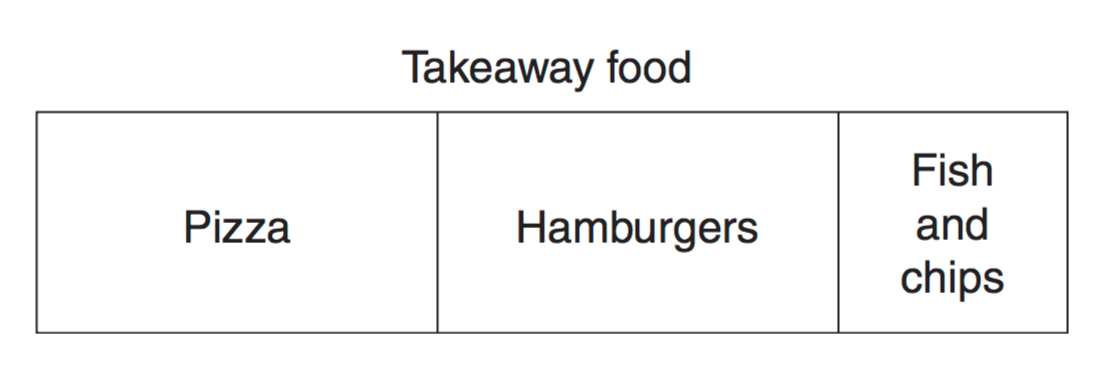Which of the following would be most likely to have a positive correlation?
- The population of a town and the number of schools in that town
- The price of petrol per litre and the number of litres of petrol sold
- The hours training for a marathon and the time taken to complete the marathon
- The number of dogs per household and the number of televisions per household







